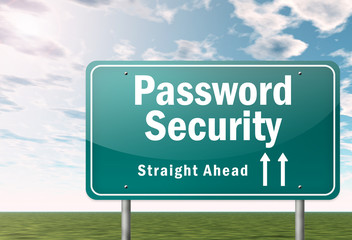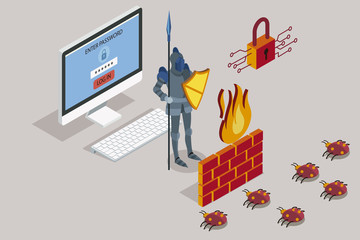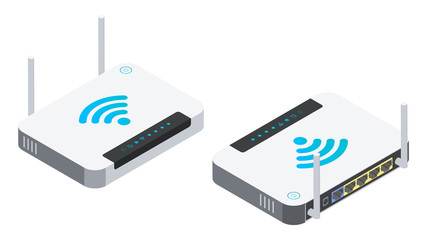When is the last time you checked your Wi-Fi security settings? If your answer is "not since the day I bought my router", you should probably keep reading.
The COVID-19 pandemic changed the way we work. Employees and managers around the world have realized that we don’t necessarily need to be tied to a physical office to succeed in today’s digital world.
There is a long list of advantages that have come with this paradigm shift. Employees get to skip the commutes, spend more time with loved ones, and work within the comfort of their own homes.
Unfortunately, as most of us have found out by now, this major change in our working lives didn’t transform our society into a utopian dreamland.
New situations bring new problems. One of the most troubling of them is the giant pool of cybersecurity vulnerabilities that appeared when employees began working on their less-than-secure home Wi-Fi networks.
It’s a setting ripe for exploitation. Thousands of stressed-out employees with no time or energy to worry about cybersecurity handling sensitive corporate data. All while using routers that are running on factory security settings.
Simply put, a cybercriminal’s job has gotten at lot easier in the last 12 months. In many cases, a cheap router with an easily guessed username and password is all that stands between them and sensitive data.
So, what can you do to protect yourself and your business?
Let’s take a look…
The SSID is the name you see when you connect to Wi-Fi. You want to make sure to choose a unique SSID.
If you don't know how, just google "how to change SSID" and then the make/model of your Wi-Fi router.
If your feeling creative, here’s a list of unique SSID names.

Make sure your Wi-Fi password is not even close to a password that you've used before. Remember -- anyone walking by outside your house could get on your network if it's easy enough to do so.
Make it long and unique. Better yet, use this tool and make it a passphrase.

Just like your computer and your smartphone, your router needs to be updated. Make it a habit to log into your router once a month to check for updates. It only takes a few minutes.
Not sure how to do it? Just Google "how to update <your router make and model>".
Some of the newer Wi-Fi routers (like Orbi or Eero) even let you do it right from a smartphone app.

Many Wi-Fi routers ship with the same default username (“admin”) and password (“password”).
Most people don’t change these!
You absolutely should. These credentials would give an attacker full access to everything that goes into and out of your router.

When you set up your Wi-Fi network, you're asked to pick what kind of encryption you want to use.
Choose WPA2.
Other forms are easy to break. So double check what kind you're using. If you don't know how, search for "WPA2 encryption <your router make and model>".
Also, if you're given a choice, always pick AES over TKIP.

Some Wi-Fi routers come with a firewall built in. Search to see if yours does and confirm that it's turned on.
If not, it may be worth upgrading to one that does.

It might not be a bad idea to have your work computer on a separate guest network.
Not all Wi-Fi routers support this, but many let you create a separate network, with a separate SSID and password. You could only use that for work purposes if you're so inclined.
It's not absolutely necessary, but if you have the option, why not?

We recently learned of a little device called a Fingbox. For $99, it sits on your network, monitors activity, and sends you notifications when unrecognized devices join your Wi-Fi network.
Your internet service provider may provide this service free of charge. Give them a call and ask!

Many people get their Wi-Fi directly from their ISP (e.g., Verizon, Comcast). If that's the case, you may not have control over a lot of the items listed above.
Walk through this list with them and ask which ones they'll handle versus those that you should handle.
Have questions or feedback? Please share them in the comments below or contact us directly!
Like this article? Share it!
Download and share this free checklist that will help you and your family secure their home network!
